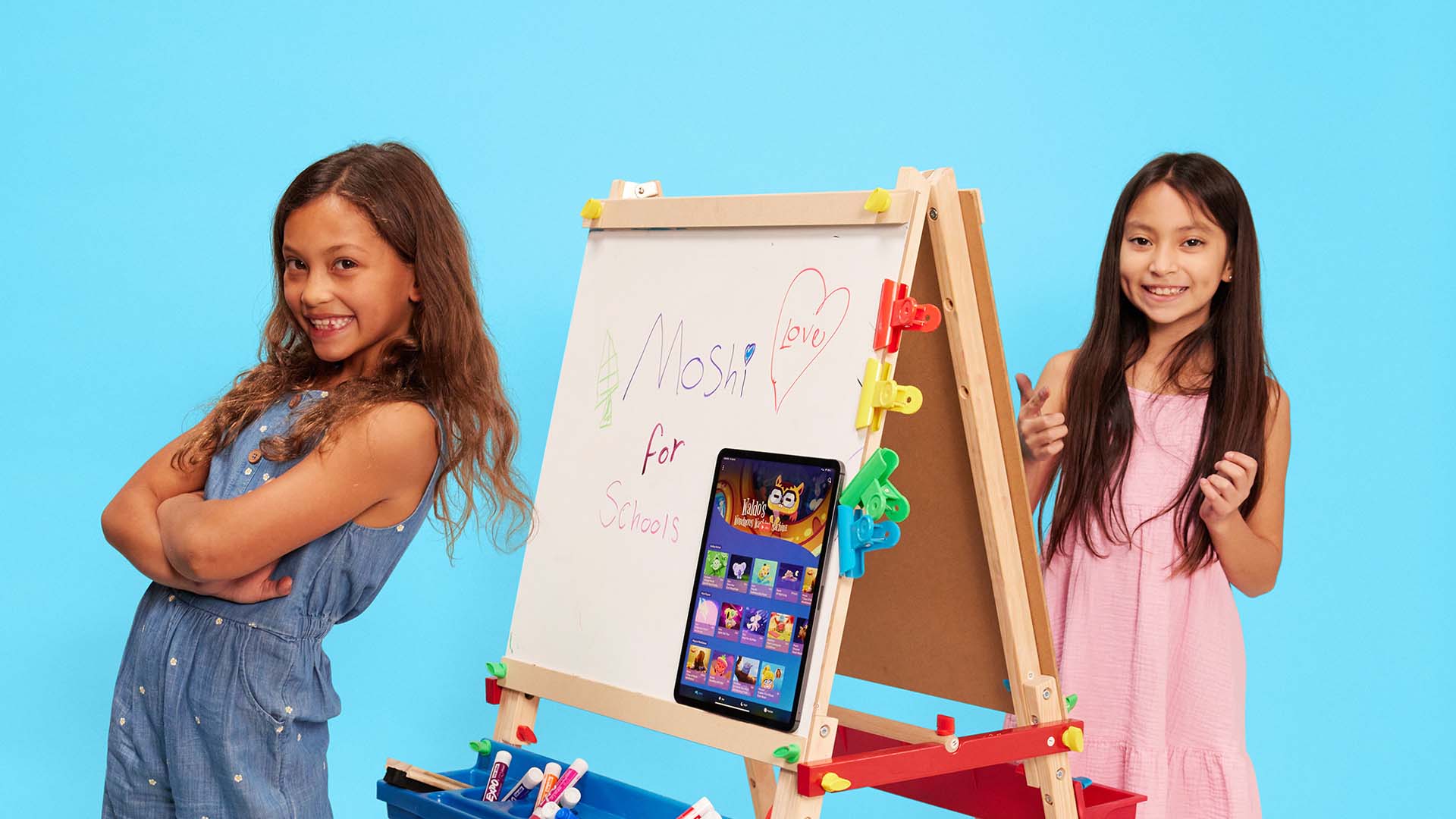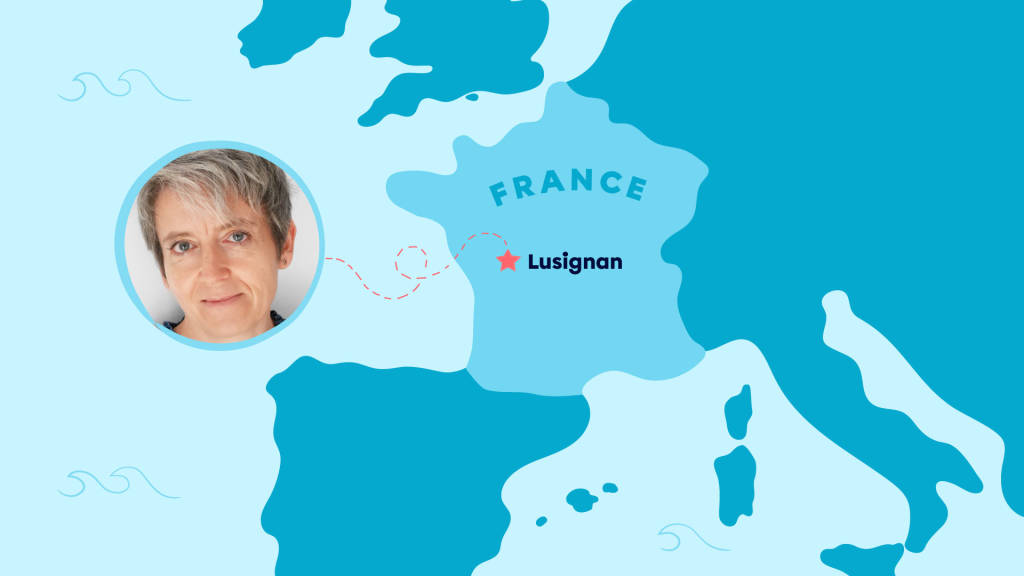
Moshi Case Study: Social-Emotional Learning in the Classroom
How Moshi Reinforces Social-Emotional Learning Skills in a French Classroom
Written by: Raphaele Lancelot-Lemaire
Bio: Raphaele is a teacher who lives and teaches in a very rural area of France. Her school has 7 classes and is located in the historic small village of Lusignan. She’s been teaching for 23 years, mostly 1st and 2nd grade (6 -7 years old), first in the Paris area, then in the countryside near Poitiers. She is married and has 3 big kids.

Using Moshi for Social-Emotional Learning in our classroom is like a ritual now.
It’s part of our day in the classroom. Moshi Music plays in the morning as the children enter the room and unpack. “Listen”, is all I have to say to bring everyone to what’s expected: 1st graders know their routine, a different one from the 2nd graders, but with the same Moshi Music, because we are one community. This lasts for about 10 to 15 minutes, enough time for everyone to do their independent work and get ready for our morning meeting. I turn the music down and they know it’s time to come together.
Moshi Music has accompanied us throughout the day for a few weeks now.
I usually choose from the “calming down” category, as it helps the children ease into their school day, but I also allow myself to choose according to my mood, some personal favorites are jazz or symphony. We like them all. I also play Moshi Music at the end of the day, when it’s time to gather for one last activity and a goodbye.
My class is very receptive this year to social-emotional learning (SEL) and they express feelings and thoughts very clearly, even at their young age (6 -7). They’re good listeners, too and I foster and reinforce this valuable skill with many group activities. Moshi Sounds have taken them through different experiences where they can improve their fine listening skills.
As I play Moshi Sounds, I like to ask questions.
“Is it a waterfall? A stream? Or a fountain? Do you hear the wind? What’s the difference between a chime and bells? Is this the jungle? Night or day? How do you know? Close your eyes and picture yourself there…Where are you? Tell us a story …” With these short activities, as they come back from lunch, we expand the little ones’ vocabulary, we build language and we share connections. We transition from the group area to our desk, still engulfed by the sounds and ready to learn.
Transitioning from a high-energy activity to a quieter one is not easy for young kids. Coming back after recess, after physical education class, or after an active art session, we all need to calm down, regain control, and move on. Moshi Breathing has been a favorite tool for all. Pipsi the Strawberry was the first character to be introduced to my students and has remained the one they ask for. Breathing in and breathing out along with Pipsi has helped slow down their heartbeat, and as I explained to them, has helped clear their mind too.
They ask for Pipsi every single day, especially in the afternoon when they get more active and tired. They know the expectations and the benefits of this 2-minute breathing activity that brings them together. Not a word, just 20 children breathing together, and one happy teacher who breathes along and I know they watch me.
Moshi Music, Sounds, and Breathing have been powerful tools in my classroom since the beginning of this school year. It has helped with transitions and brought happiness, too. I really enjoy choosing the music and the sounds, and seriously, who can resist Pipsi the Strawberry?